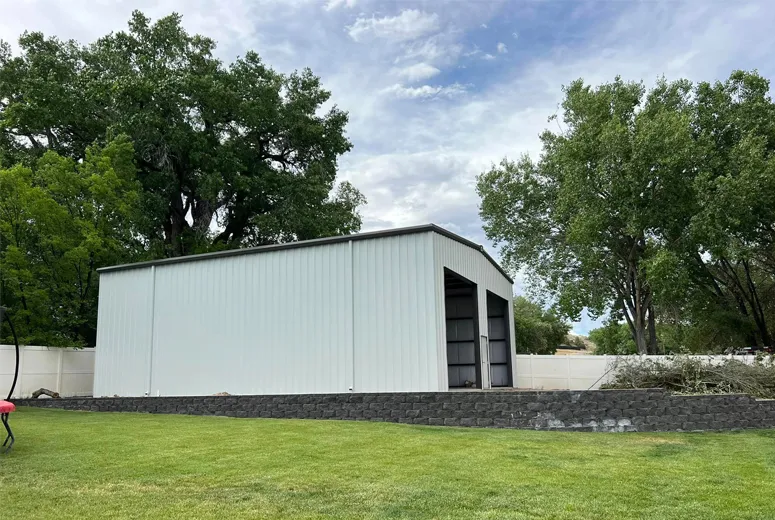- Afrikaans
- Albanian
- Amharic
- Arabic
- Armenian
- Azerbaijani
- Basque
- Belarusian
- Bengali
- Bosnian
- Bulgarian
- Catalan
- Cebuano
- Corsican
- Croatian
- Czech
- Danish
- Dutch
- English
- Esperanto
- Estonian
- Finnish
- French
- Frisian
- Galician
- Georgian
- German
- Greek
- Gujarati
- Haitian Creole
- hausa
- hawaiian
- Hebrew
- Hindi
- Miao
- Hungarian
- Icelandic
- igbo
- Indonesian
- irish
- Italian
- Japanese
- Javanese
- Kannada
- kazakh
- Khmer
- Rwandese
- Korean
- Kurdish
- Kyrgyz
- Lao
- Latin
- Latvian
- Lithuanian
- Luxembourgish
- Macedonian
- Malgashi
- Malay
- Malayalam
- Maltese
- Maori
- Marathi
- Mongolian
- Myanmar
- Nepali
- Norwegian
- Norwegian
- Occitan
- Pashto
- Persian
- Polish
- Portuguese
- Punjabi
- Romanian
- Russian
- Samoan
- Scottish Gaelic
- Serbian
- Sesotho
- Shona
- Sindhi
- Sinhala
- Slovak
- Slovenian
- Somali
- Spanish
- Sundanese
- Swahili
- Swedish
- Tagalog
- Tajik
- Tamil
- Tatar
- Telugu
- Thai
- Turkish
- Turkmen
- Ukrainian
- Urdu
- Uighur
- Uzbek
- Vietnamese
- Welsh
- Bantu
- Yiddish
- Yoruba
- Zulu
Oct . 11, 2024 20:41 Back to list
The Importance of Steel Building Columns in Modern Architecture
In the realm of modern architecture and construction, steel building columns play a critical role in ensuring the stability and strength of structures. These vertical elements are essential for supporting loads and providing the framework for various types of buildings, from skyscrapers to warehouses. In this article, we will explore the significance of steel building columns, their advantages, design considerations, and their impact on sustainability.
The Role of Steel Columns
Steel columns serve as vertical structural elements that transfer loads from beams and slabs down to the foundation. They are designed to withstand both compressive and tensile forces, making them integral to the framework of large buildings. Additionally, steel columns provide lateral stability to structures, which is especially important in areas prone to high winds or seismic activity. With their high strength-to-weight ratio, steel columns can span greater distances and support heavier loads than traditional materials like concrete or wood.
Advantages of Steel Columns
1. Strength and Durability Steel is known for its exceptional strength. Steel columns can support heavy loads while remaining relatively lightweight, which allows for more flexible architectural designs. Moreover, steel's inherent durability means that structures are more resistant to decay, pests, and extreme weather conditions.
2. Cost-Effectiveness Although the initial cost of steel may be higher than other materials, the long-term savings are significant. Steel structures typically require less maintenance and have a longer lifespan. Additionally, the speed of construction using steel can lead to lower labor costs and reduced project timelines.
3. Design Flexibility Steel columns can be fabricated into a variety of shapes and sizes to meet specific design needs. This versatility allows architects to create innovative and aesthetically pleasing designs while meeting engineering requirements. The use of steel can also enhance open floor plans since fewer supporting walls may be required.
4. Fire Resistance Modern treatment processes and coatings can enhance the fire resistance of steel columns. When properly treated, steel maintains its structural integrity under fire conditions, which is crucial for safety in a building's design.
steel building columns

5. Sustainability Steel is a recyclable material, contributing to sustainable building practices. The recycling of steel minimizes waste and reduces the demand for raw materials. Additionally, buildings constructed with steel can be designed for energy efficiency, reducing their overall environmental impact.
Design Considerations for Steel Columns
When designing steel columns, engineers must consider various factors, including the load they will bear, the height of the column, and the environmental conditions in which the building will exist. Columns must be carefully analyzed for both axial loads and lateral forces to prevent structural failure.
Moreover, the choice of steel grade is essential. Higher grades of steel typically have increased yield strength, allowing for thinner sections and lighter weights, which can optimize material usage and reduce costs. The connection of columns to beams and slabs also requires precise engineering to ensure that the structure can adequately transfer loads.
The Impact of Steel Columns on Sustainability
As the construction industry seeks to minimize its ecological footprint, steel building columns emerge as a pivotal element in sustainable architecture. Their durability and recyclability contribute to the reduction of waste and the conservation of resources. Furthermore, advancements in fabrication techniques have led to more efficient production processes, further lowering the environmental impact of using steel.
Incorporating steel columns in building design not only supports sustainable practices but also allows for energy-efficient building designs, such as those utilizing natural lighting and ventilation. These factors combine to create healthier environments for occupants while aligning with modern sustainability goals.
Conclusion
Steel building columns are vital components in modern construction, providing strength, flexibility, and sustainability. Their advantages make them the preferred choice for a wide variety of structures, from residential buildings to industrial facilities. As the architectural landscape continues to evolve, the importance of steel columns will only increase, supporting innovative designs and sustainable development. Their critical role in construction underscores the need for continued research and development in materials and engineering practices, ensuring that future buildings are not only strong and durable but also environmentally responsible.
-
How Do Prefabricated Steel Structures Transform Modern Construction?
NewsJul.14,2025
-
How Do Prefabricated Metal Buildings Redefine Modern Construction?
NewsJul.14,2025
-
How Do Prefab Insulated Metal Buildings and Steel Structures Revolutionize Modern Construction?
NewsJul.14,2025
-
How Do Pre - Engineered Steel Structures Redefine Modern Construction?
NewsJul.14,2025
-
Advancing Modular Construction with Prefabricated Metal Structures
NewsJul.14,2025
-
Advancing Industrial Infrastructure with Prefabricated Steel Solutions
NewsJul.14,2025
Products categories
Our Latest News
We have a professional design team and an excellent production and construction team.












